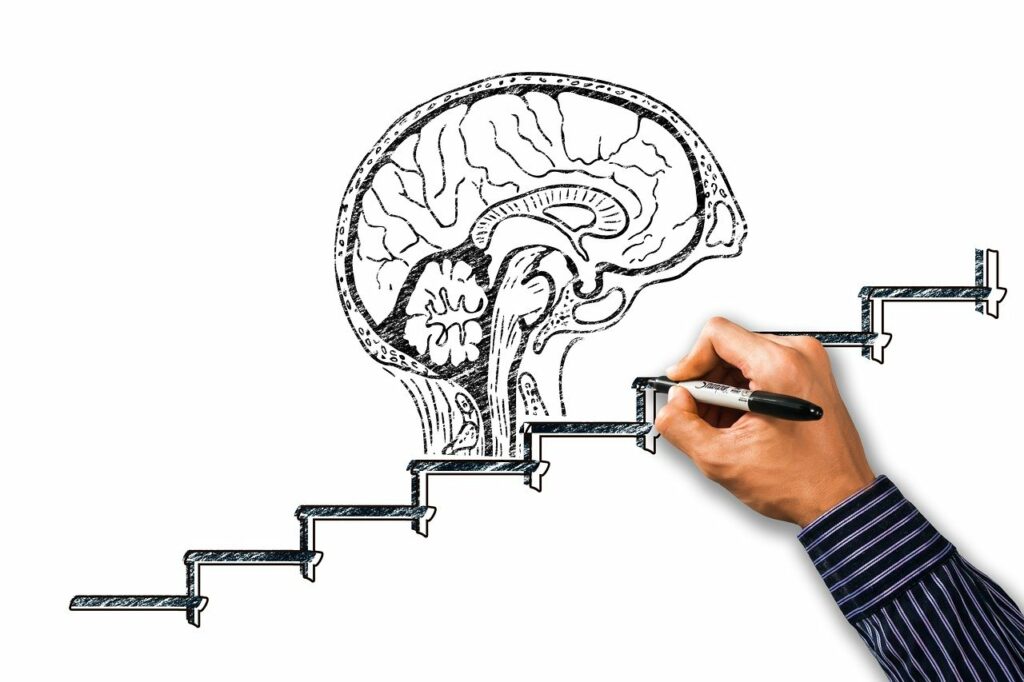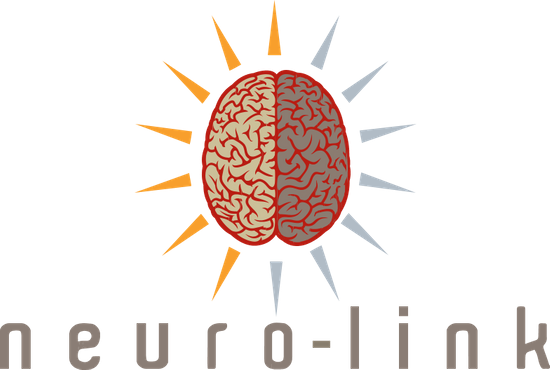Case Study: Fast Tracking Talent Development
Using the NAP™ Advanced+ and EI learning solutions reported the following results:
Background
To speed up the mine’s growth and performance goals by identifying high potentials, optimizing their performance, and “fast-tracking” them to managerial level.
Purpose of the case study
- Explore the relationship between high-performing candidates’ neurological design and their potential.
- Determine key competencies associated with top performance from which selection criteria can be generated.
- Understand the relationship between NAP™ and leadership competencies and enhance the training and coaching of high potentials in the organization.
- Develop a training and development program with a strong scientific basis as well as a measurable implementation and evaluation process.
Results:
- An 8% Organizational Climate Assessment (OCA) improvement was achieved. The minimum expected result required was 3,1%. A result of almost 3 times the expected result was achieved!
- Impact of the program was rated as 86% by the Kirkmax assessment, which means that a highly commendable performance was achieved.
- 87% of “high potentials” were promoted to a supervisory or managerial position within 9 months of completing the Fast-Track Program.
- 99% of respondents rated Neuro Agility and EI skill-sets as essential skills that will help them in transitioning to a higher level of performance.
- Post-assessments evaluated overall brain fitness and emotional intelligence competencies. Course participants’ brain agility levels improved by 20%, intrapersonal competencies improved by 15%, and interpersonal competencies improved by 18%.
- Implications of study: An increase in neuro-agility and emotional intelligence skills directly correlates to improved performance and productivity.


Actions taken
- A NAP™ Advanced+ assessment was compiled of all candidates who was selected for the Fast Track Program to identify their potential and optimize their brain performance and mental flexibility. This assessment also has a section that measures the person’s Neuro Design that is an indication of the person’s unique learning potential and serves as a good point of departure to start identifying and developing talent.
- Subsequently, a 12 Emotional Intelligence Competencies Profile™ was compiled of all Fast Track candidates to determine their emotional intelligence competencies.
- All Fast Track candidates went through a neuroscience approach to emotional intelligence development program called the High Achiever. The program consisted of 9 modules of brain-mind intrapersonal and interpersonal competencies. A neuroscience approach was followed by using the NAP™ Advanced+ brain profile assessment as the point of departure for developing each of the 12 emotional intelligence skills of primary importance. One module per month was presented to Fast Track candidates over 9 months.
Key takeaways from this case study:
- A 22% improvement in neuro-agility correlated with an 8% OCA score – 3 times the expected result of receiving a return on investment in talent development!
- People’s neurological design is a fundamental point of departure for establishing potential.
- Any initiative to improve agility, like learning ability, leadership agility, emotional agility, or organizational agility, has to start with improving Neuro Agility.
- Neuro Agility is one of the key competencies associated with high-performing individuals.
- Using the NAP™ as the point of departure for selecting and developing high potentials generates:
• Large reductions in talent selection and development costs.
• Decreased attrition rates.
• Increased workplace engagement and productivity.
• Reduction in mistakes and human error.
• Better performing leaders.




